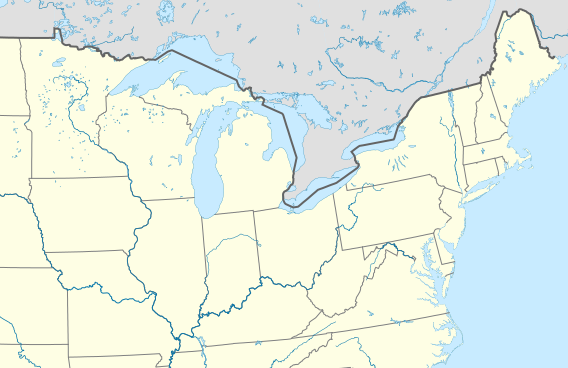Using Mapping Tools to Protect Your Environment

Keeping track of the environmental conditions of your (or someone else’s) neighborhood can be a difficult task, but many governmental agencies and other organizations offer helpful tools that provide an impressive amount of information about a specific property or business. Below, you can find links to digital resources and short explanations of individual tools. If you need help using these or other resources, please contact Russell Zerbo at rzerbo@cleanair.org or 215-567-4004 x130.
Finding all of the relevant elected officials in a given area can often be the first step to analyzing your local environment. Click here and type an address into the search box to find the local, state and federal elected officials representing that address.
The U.S. Environmental Protection Agency (EPA) offers the Enforcement and Compliance History Online (ECHO) tool that allows you to search all of the permitted pollution sources in any zip code. Type any zip code into the search to view a list of permitted pollution sources in that zip code. You can click any individually listed pollution source to see its permitting information, violation and inspection history, Toxic Release Inventory (TRI) and your county’s compliance with federal air pollution standards. You can view demographic information for the area around an individual pollution source and that area’s index of environmental justice (EJ) information, such as lead paint exposure and local traffic density. Areas with high levels of environmental injustices are entitled to increased environmental protections.
This is a direct link to EPA’s EJ Screen where you can directly enter an address and view the percentile rankings for various EJ indicators like exposure to toxic air pollutants.
The Pennsylvania Department of Environmental Protection (DEP) offers a similar tool where you can view EJ areas by census tract. This online resource offers a helpful measurement tool.
DEP’s eFACTS online tool allows you to search permitted pollution sources by township as well as a series of other descriptors. You can click on individual pollution sources to view all their current and proposed permits and as well violation information. This tool is also helpful because it links to related companies and pollution sources. You can view all the individual sources operated by a single parent company while also being able to identify if a particular pollution source receives or supplies another company or industrial site with waste products or other commodities.
This is a comprehensive tool from DEP that visualizes land contamination sites, air and water pollution sources and the locations of mining and oil and gas operations. In order to activate the locations identified on the map you have to significantly zoom in on a particular geographic area.
This tool allows you to search through a database of contaminated locations enrolled in Pennsylvania’s Land Recycling Program and includes the start date of the cleanup as well as the location and the pollutants of concern.
This tool allows you to search current and past water discharge information from every source with a water pollution permit in Pennsylvania. You can search by individual permit number or you can search entire municipalities. This page is regularly updated with water discharge information reported to DEP.
This tool allows you to view 100-year and 500-year flood maps across Pennsylvania. Check if any location in Pennsylvania is in the current floodplain established by the Federal Emergency Management Agency (FEMA).
This tool provided by the Pipeline Hazardous Materials and Safety Administration (PHMSA) allows you to view gas transmission lines and hazardous liquid pipelines in any county in the United States as well as accidents and Liquified Natural Gas (LNG) facilities.
Below are a series of tools to visualize various characteristics of properties in Philadelphia, PA.
This tool allows you to search current Philadelphia addresses compared to historical maps of the city. philageohistory.org/tiles/viewer/
This tool allows you to view the impervious area, stormwater fee and property outline for any parcel within the City of Philadelphia. stormwater.phila.gov/parcelviewer/
This tool allows you to view the violation and inspection history of any property within the City of Philadelphia. atlas.phila.gov/
This tool allows you to search regions of the City of Philadelphia for local zoning appeals, libraries, swimming pools and other neighborhood characteristics. openmaps.phila.gov/
This tool allows you to view the Heat Vulnerability Index of any neighborhood in Philadelphia.
These tools can help you locate pollution sources in your or someone else’s neighborhood and identify permitting information as well as any inspections or violations related to the site. Information about floodplains, heat vulnerability, contaminated land and historical uses can also help you engage with proposed developments to make sure they do not present a risk to public health. Clean Air Council staff are ready to help you with this!
Please contact rzerbo@cleanair.org with comments or questions.

